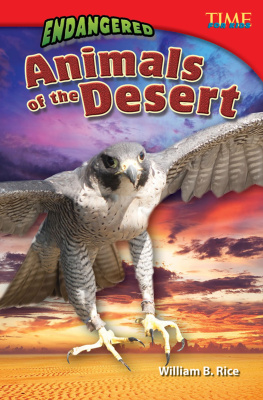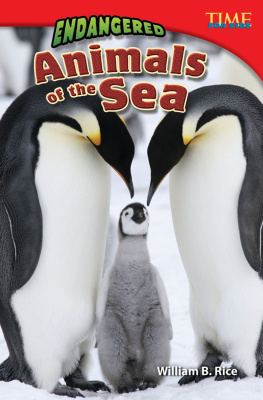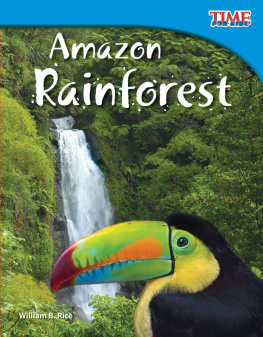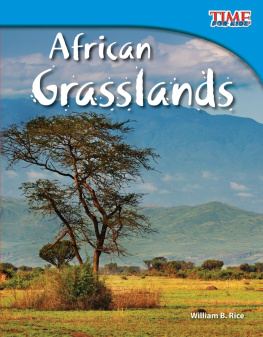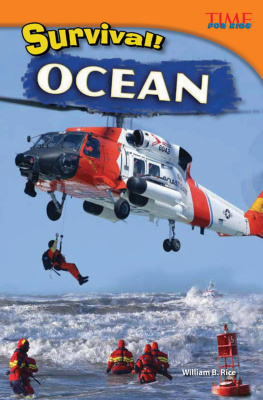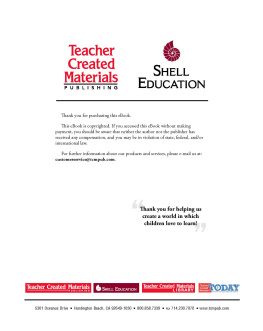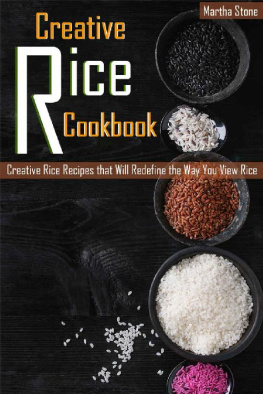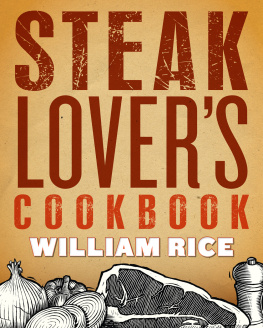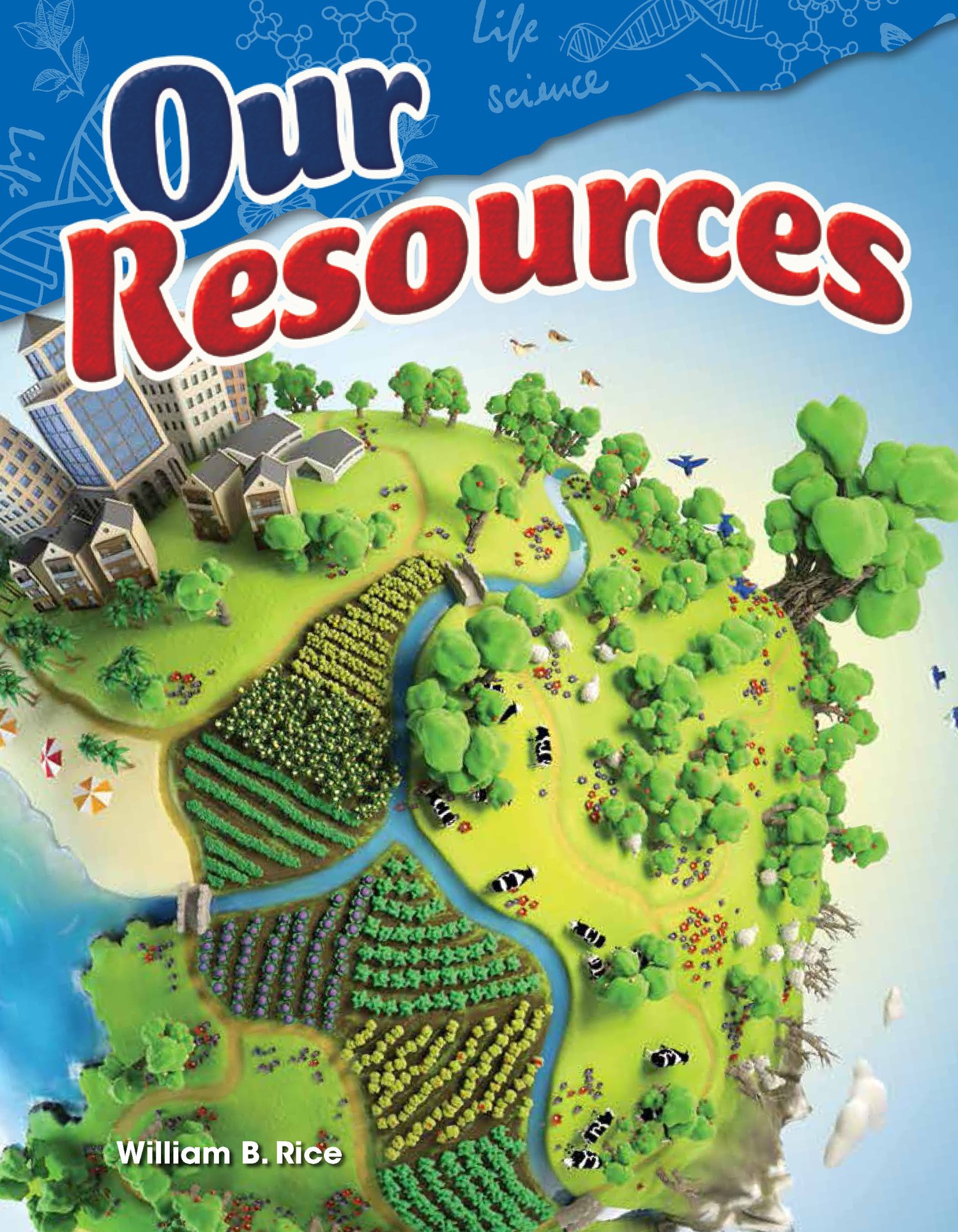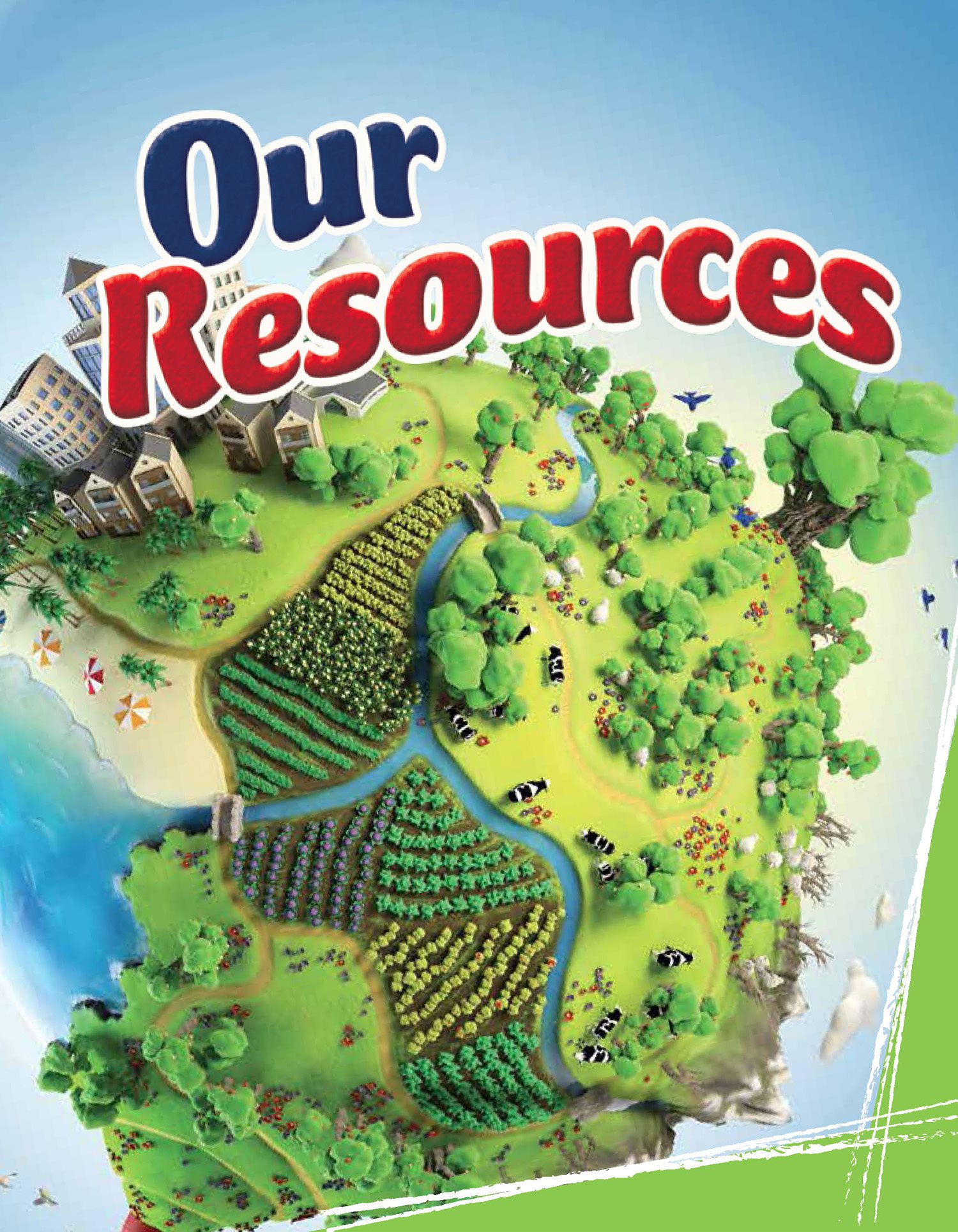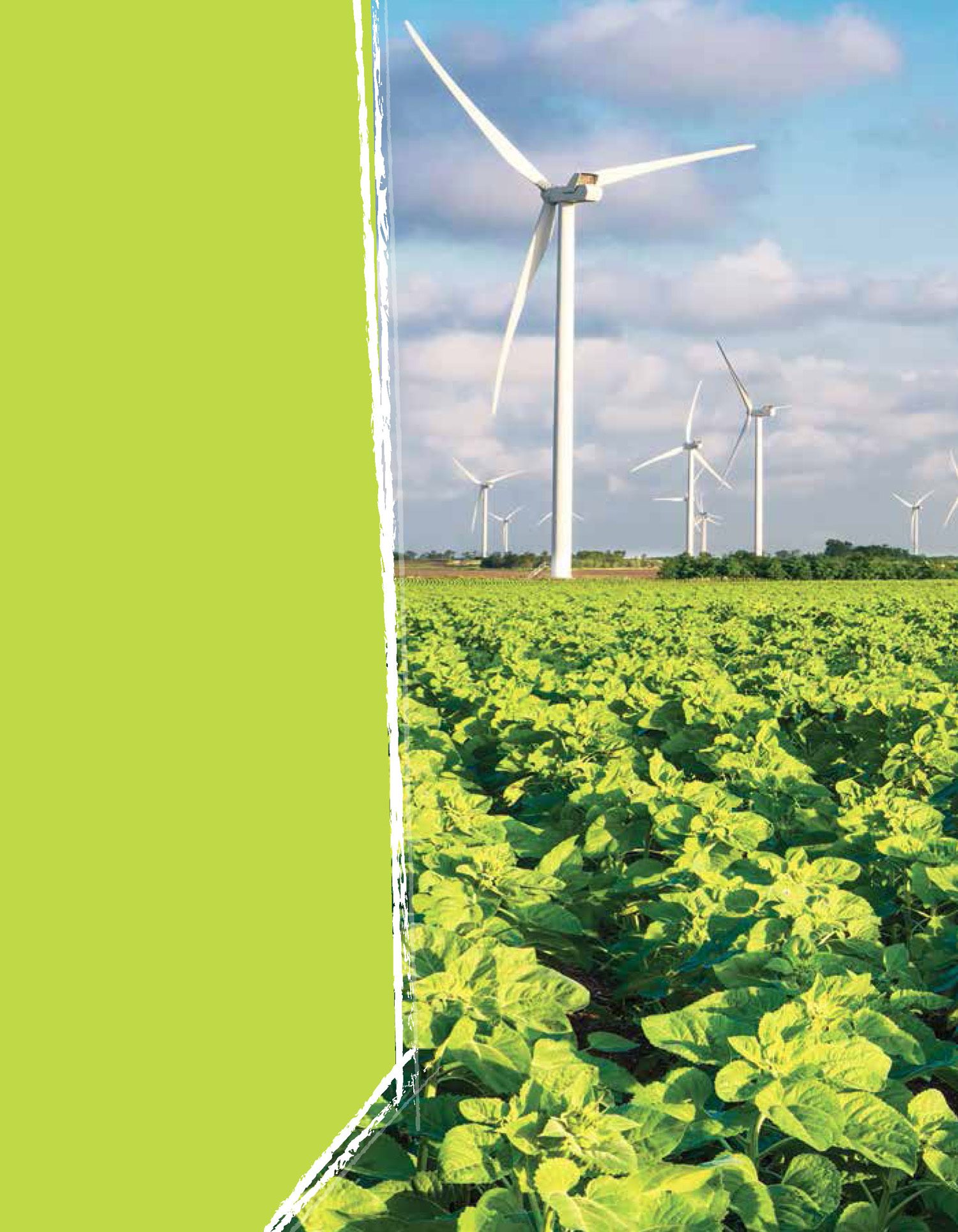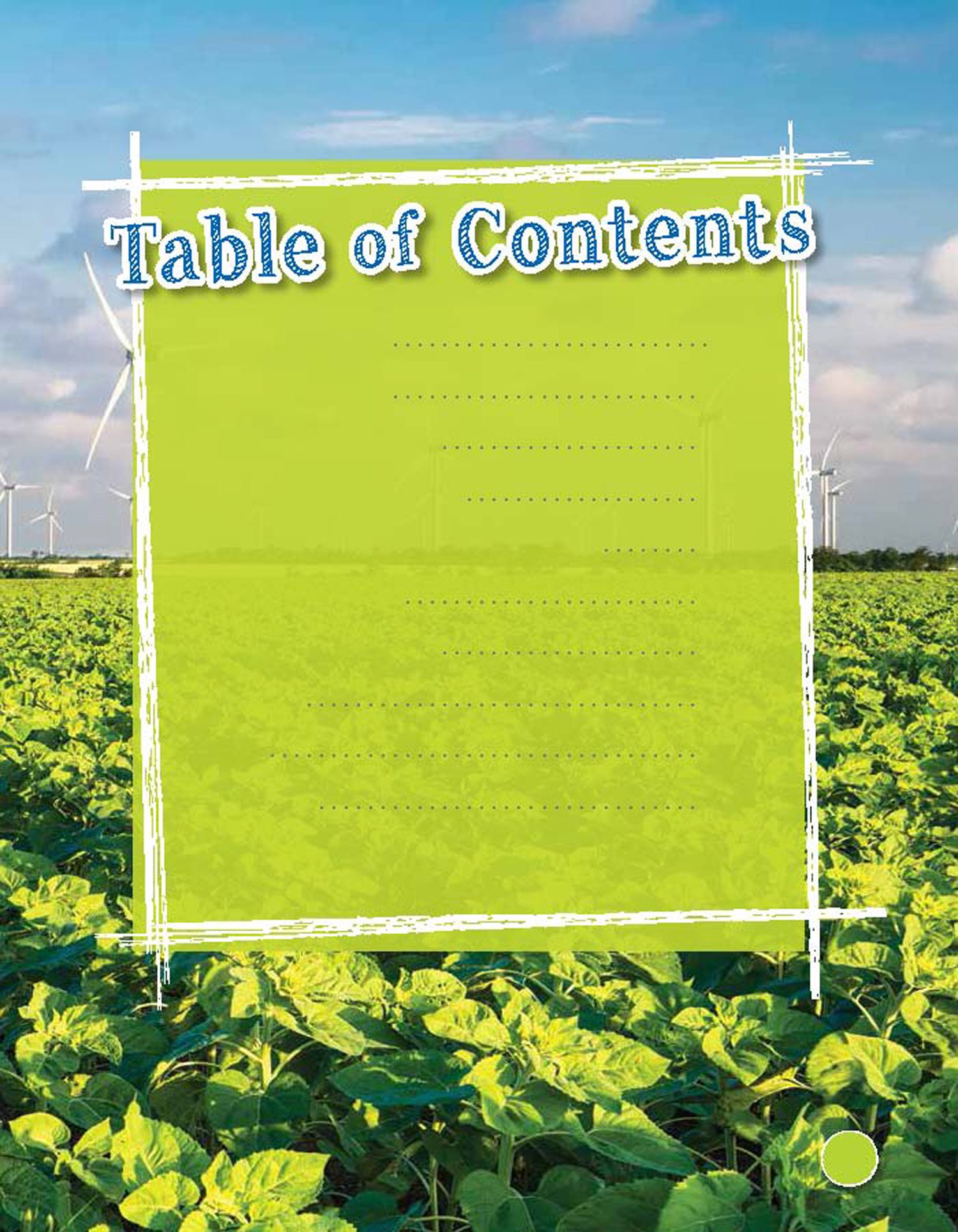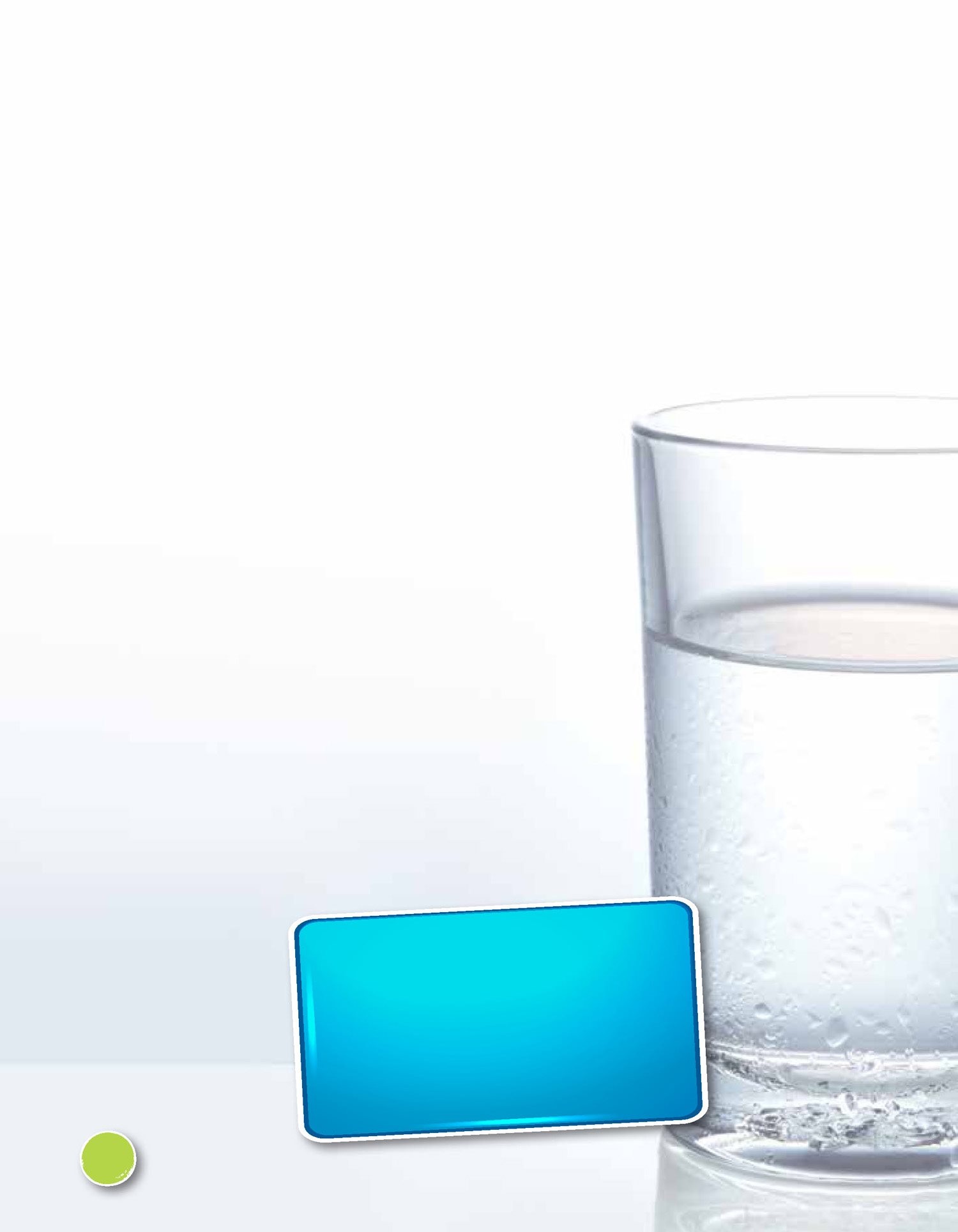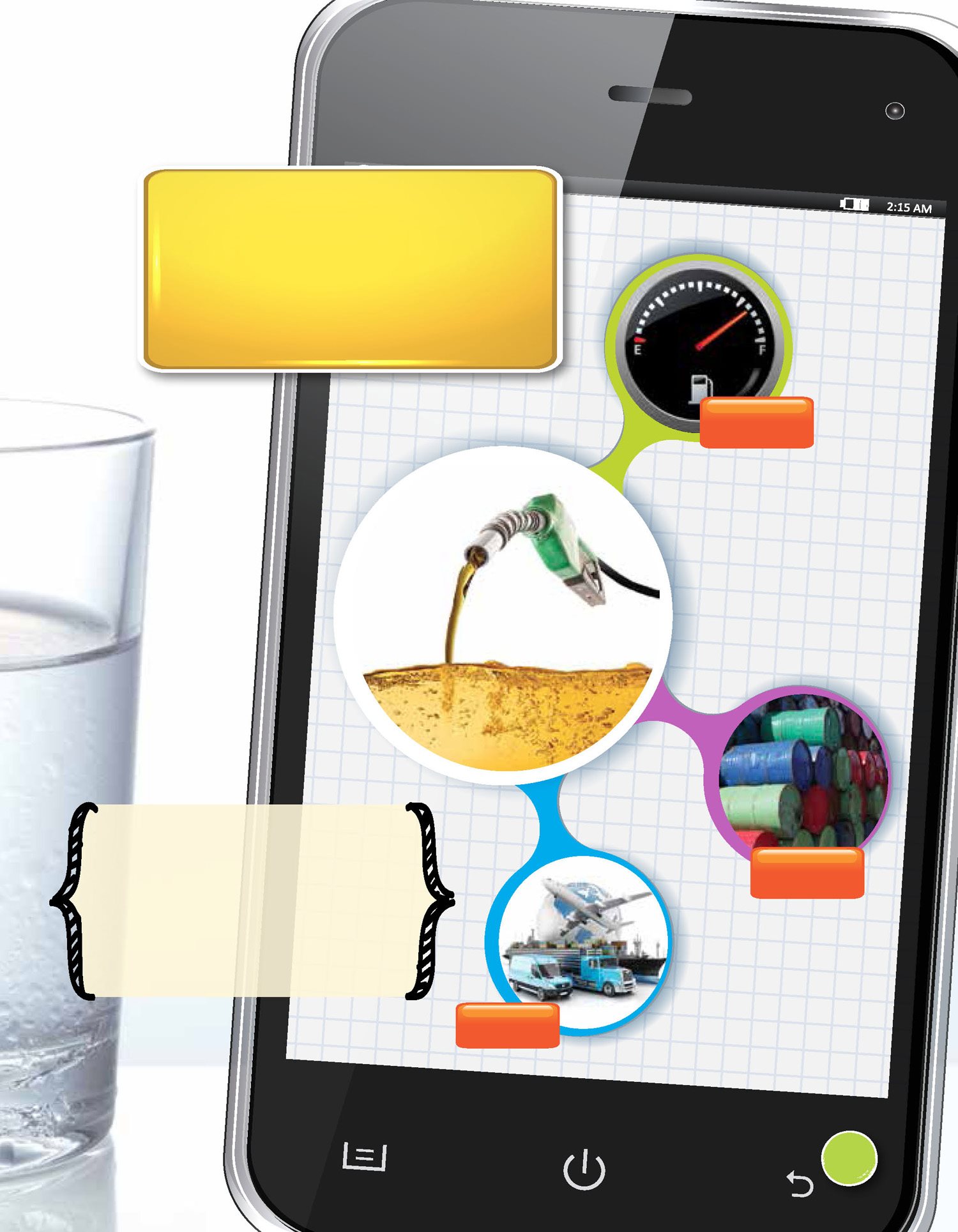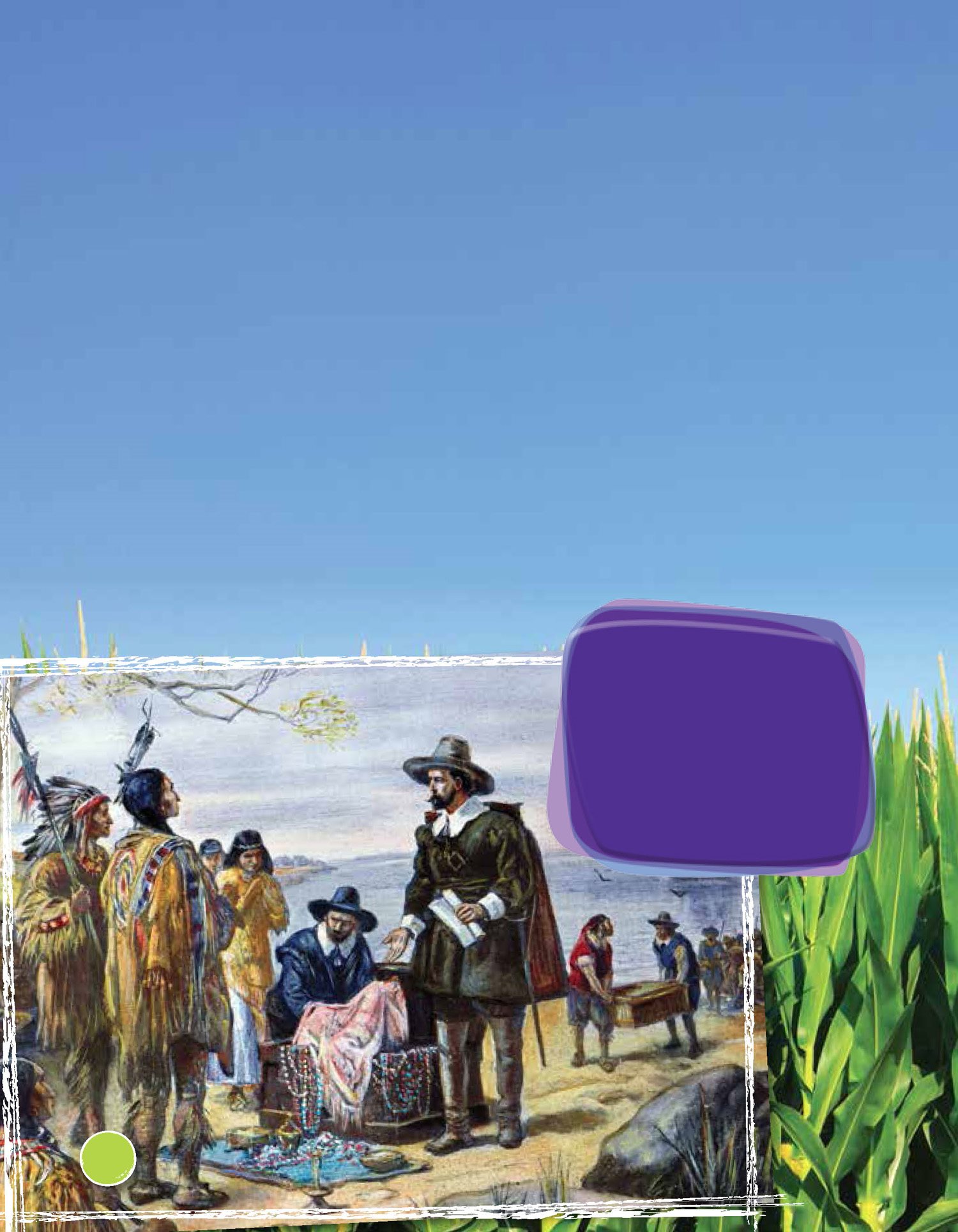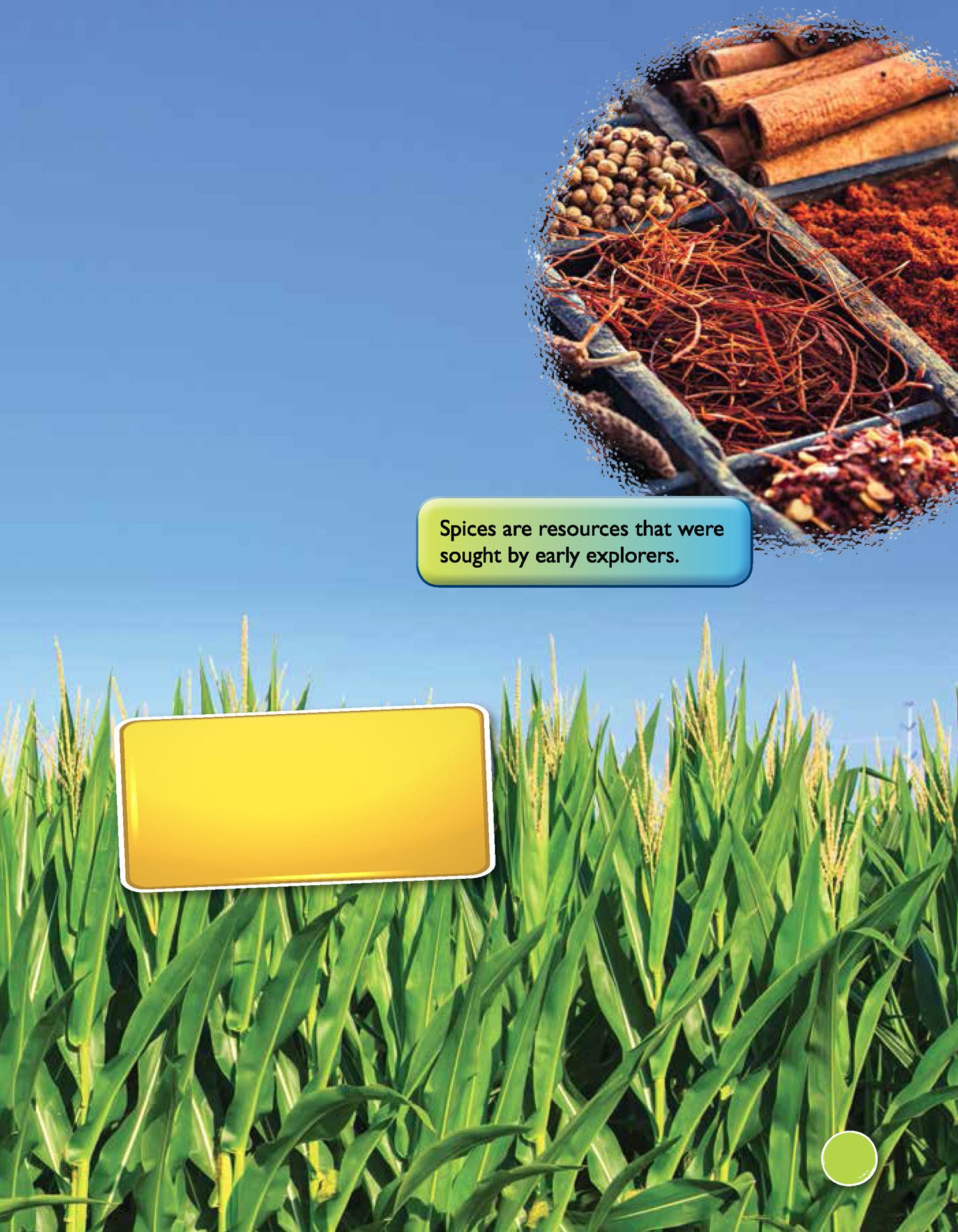William B. Rice
Consultant
Catherine Hollinger, CID, CLIA
EPA WaterSense Partner
Environmental Consultant
Publishing Credits
Rachelle Cracchiolo, M.S.Ed., Publisher
Conni Medina, M.A.Ed., Managing Editor
Diana Kenney, M.A.Ed., NBCT, Senior Editor
Dona Herweck Rice, Series Developer
Robin Erickson, Multimedia Designer
Timothy Bradley, Illustrator
Image Credits: Cover, p.1 arquiplay77/iStock; p.19
Courtney Patterson; pp.28, 29 J.J.Rudisill; p.25 MCT/
Newscom; p.8 The Granger Collection, New York; p.22,
23 Travis Hanson; p.13 Wikimedia Commons; p.13 Wild
Wonders of Europe / Lundgren / naturepl.com; all other
images from Shutterstock.
Library of Congress Cataloging-in-Publication Data
Rice, William B. (William Benjamin), 1961- author.
Our resources / William B. Rice.
pages cm
Summary: "Almost everything you do requires
resources. You use them throughout your day. Our planet
provides us with natural resources, such as water, wood,
oil, and metal. Whether resources are renewable or
nonrenewable, they provide us with important materials
we need."-- Provided by publisher.
Audience: Grades 4 to 6.
Includes index.
ISBN 978-1-4807-4689-3 (pbk.)
1. Natural resources--Juvenile literature. I. Title.
HC85.R5327 2016
333.7--dc23
2014045212
Teacher Created Materials
5301 Oceanus Drive
Huntington Beach, CA 92649-1030
http://www.tcmpub.com
ISBN 978-1-4807-4689-3
ePUB ISBN 978-1-5457-0499-8
2016 Teacher Created Materials, Inc.
A Day in the Life
Alonzo woke to a buzzing alarm clock. Shhh! he mumbled as
he rolled out from under the covers. He shuffled to the bathroom and
turned on the shower to warm up the water. He brushed his teeth while
he waited. Then, it was time to soap up and shampoo. Finally, he
felt awake!
Alonzo pulled some jeans, rubber-soled sneakers, and a cotton shirt
from his closet. Dressed and ready, he went to the kitchen and got
milk and juice from the fridge. He poured cereal from a box, added
milk, and ate his breakfast while he read about last nights game on
his smartphone. Then, putting his cup and bowl in the dishwasher, he
grabbed his bag and headed out the door. He jumped in his car and
drove to school just in time for computer lab.
Alonzo went from class to class, ate a
hot lunch with his friends, and finished the
day with swimming practice in the schools
solar-heated pool. Then, he drove home,
where he flipped on his laptop, did some
homework, and read a book on his tablet
until dinner. He cooked kabobs on the grill
with his family, and then they played video
games until bedtime.
Good night!
Now, heres the question. How many resources does Alonzo need to
get through his day? The answer is: more than we can count!
What Are Resources?
A resource is a material, a good, or an asset that offers a benefit.
The benefit may be to satisfy a need or a want. It may be to provide
wealth, enhance well-being, or help a system run smoothly.
If you need or want something, a resource will
take care of it. Are you thirsty? Drink a glass
of water. The water and the cup are resources.
Are you cold? Put on a jacket or turn on the
heater. The jacket and heater as well as the gas
that runs the heater are resources, too.
Each day, we use many different things
in different ways. We use water for drinking,
taking showers, and cleaning clothes. We
use clothes to stay warm and protect our
bodies. We use cars, buses, trains, and planes
for transportation. We use telephones and
televisions, computers and DVD players.
We live in houses, shop in stores, and eat in
restaurants. All these things are resources.
Materials
All resources are made from one or
more materials. Think of a car. It
has hundreds of parts made of glass,
plastic, fiber, rubber, and metals. It
runs on gasoline, water, and motor oil.
All these materials are resources, too.
Three Important Things
Every resource has three important
characteristics: utility (its ability to satisfy
a need or want), availability (how much
there is), and potential (the possibility that
it will get used up).
potential
Freshwater is a resource we
all need to live. The total
availability
amount of freshwater on
Earth if it were rolled into
a giant ball would be nearly
56 kilometers (34.8 miles)
in diameter!
utility
Humans Need Resources
Every person on the planet needs resources to live. Even the most
basic lifestyle still needs resources. People need water to drink. We
need food to eat. We need clothing to stay warm. We need shelter for
protection. We need air to breathe, too. These resources are needed
just to stay alive.
More complex societies use more resources. The amount of
resources that a society can access and use determines how complex
the society can be. In early days, people spent their time gathering and
hunting food just to stay alive. As they developed easier ways to find,
grow, and make food, they had more time available to get and use more
resources. These societies developed and grew because they had more
resources to use.
European
Exploration
From about 1500 to
1800, European explorers
traveled the world in a
great age of exploration.
Their main mission was to
trade and find resources.


